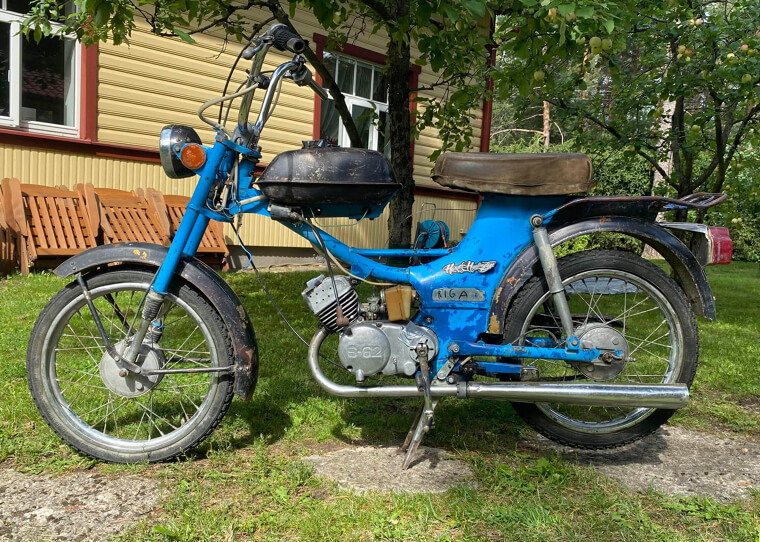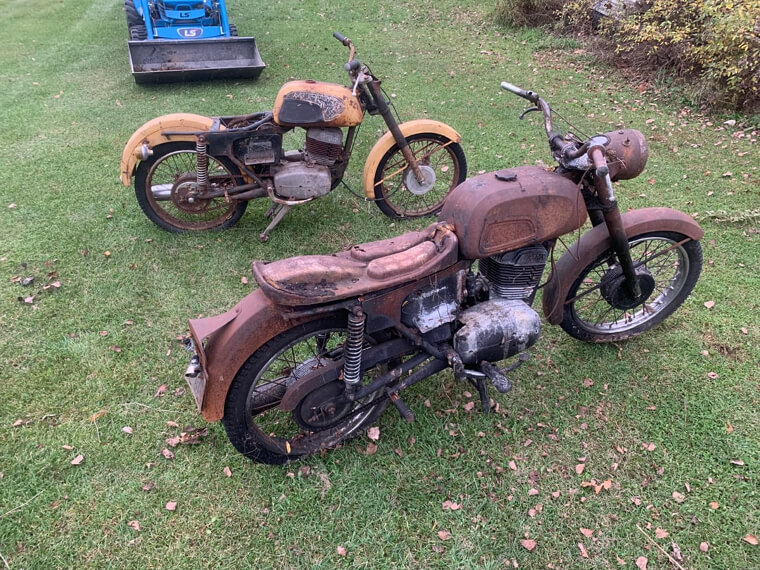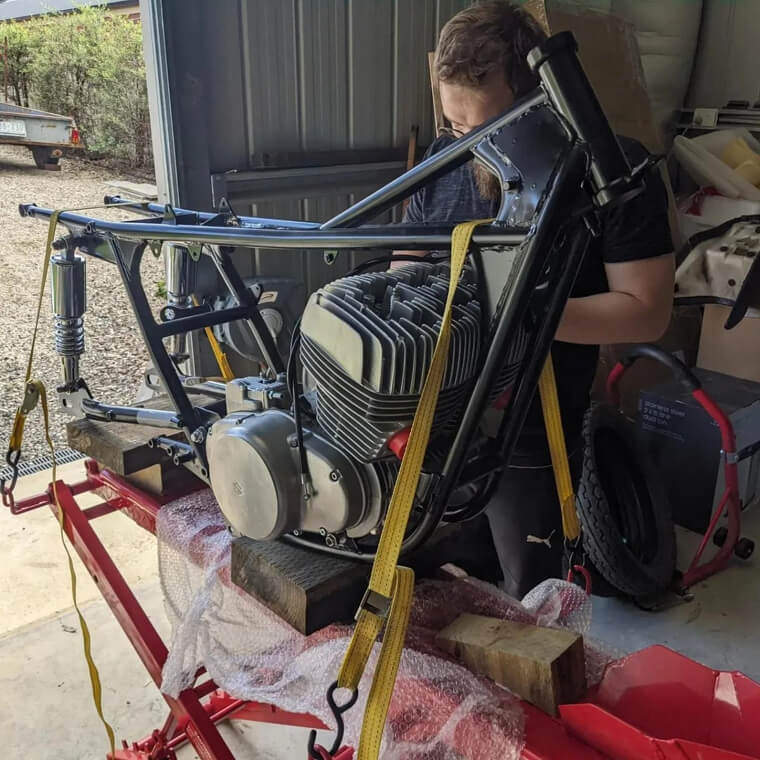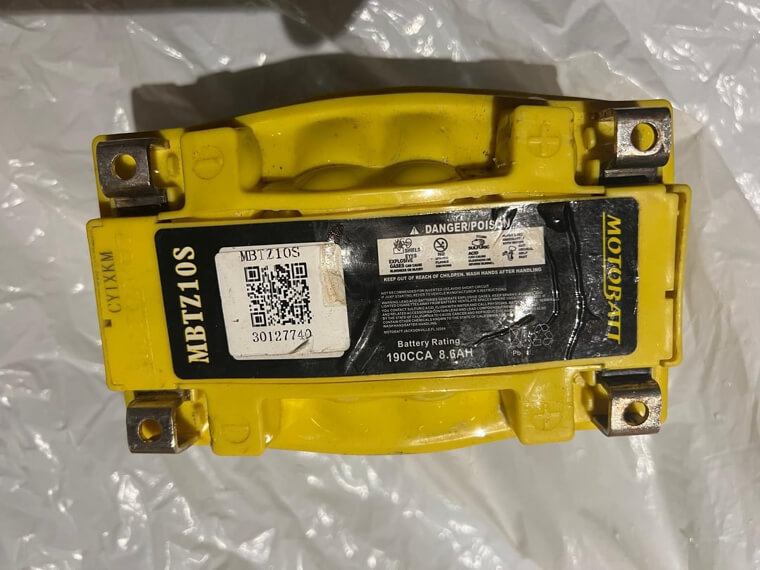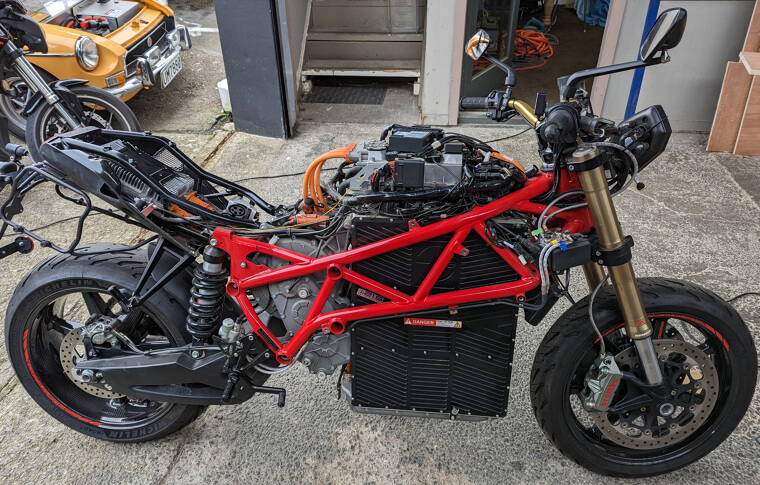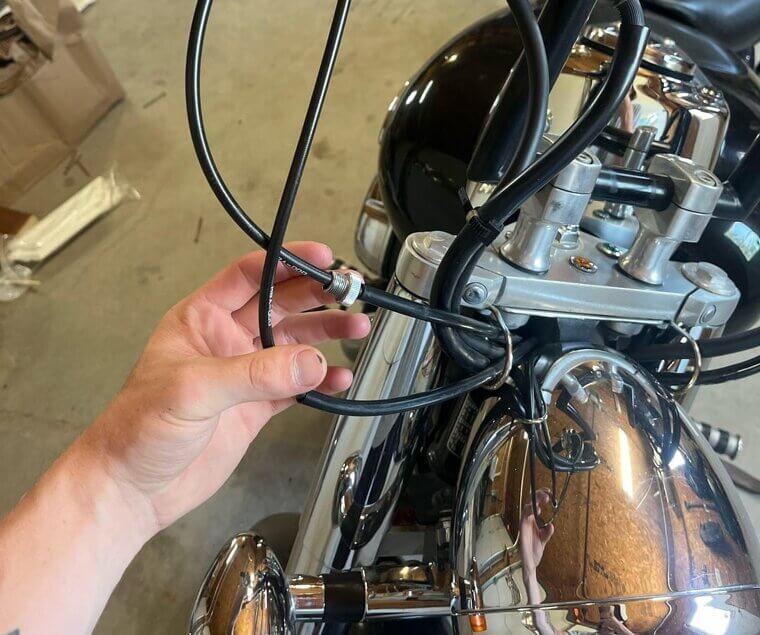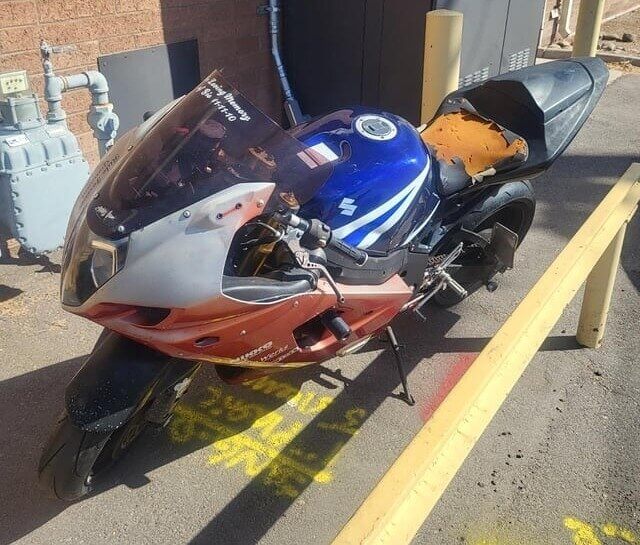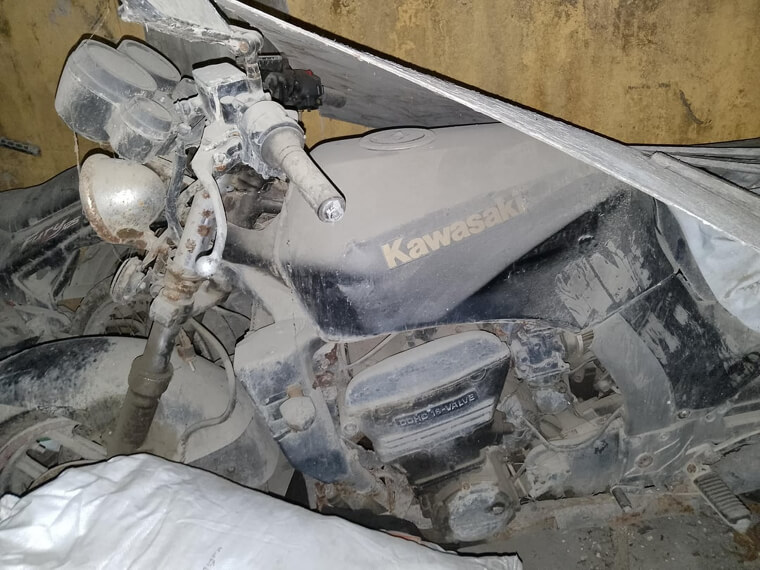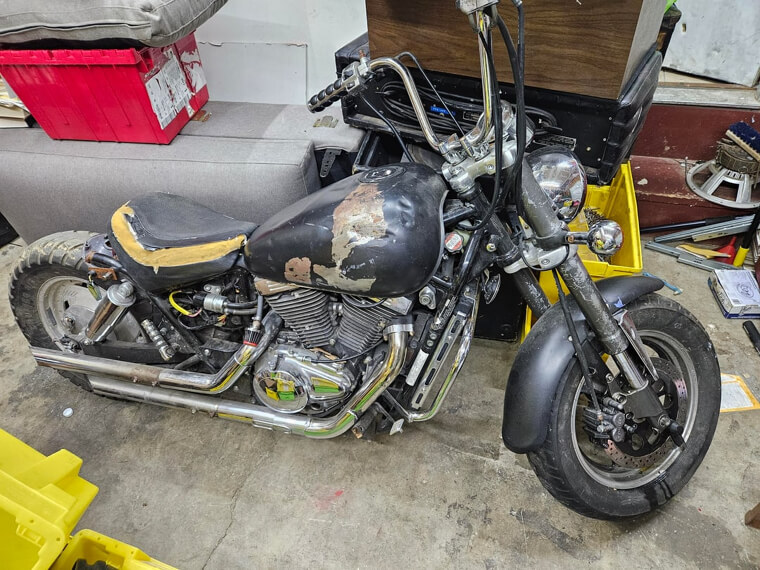Ignoring the True Cost Before Starting
One of the biggest mistakes beginners make is underestimating how much a restoration really costs. It is easy to focus on the price of the bike itself, especially if it looks like a bargain, but that is only the beginning. Many first-time restorers forget to budget for replacement parts, tools, paint, and professional help when needed. Even small expenses, like new bolts or seals, add up quickly. It is smart to make a detailed list of every part you might need and research prices before you start. Labor costs can also climb if you need a mechanic or specialist to handle complex work. A realistic budget prevents frustration and unfinished projects. Restoring a vintage motorcycle is rewarding, but only if you know what you are getting into financially. A good rule of thumb is to expect the project to cost twice what you first estimate.
Starting Without a Clear Plan
Jumping into a restoration without a plan often leads to wasted time and money. Beginners sometimes start dismantling their bikes before documenting how everything fits together. When it comes time to reassemble, confusion sets in. Take photos at every stage, label your parts carefully, and store them in organized containers. Create a checklist of what needs to be done and the order you will do it. Decide early whether you are restoring to original condition or customizing, because the approach changes everything from paint color to parts sourcing. A written plan keeps you focused and helps prevent those “what was this piece again?” moments. It also helps you spot issues before they turn into roadblocks. A well-documented process will not only save headaches but also make your finished restoration far more satisfying. Preparation is the difference between a hobby and a successful rebuild.
Buying the Wrong Bike to Restore
Many beginners get excited and buy the first old motorcycle they find, only to discover it is a poor candidate for restoration. The best project bikes are those with available parts and minimal rust or frame damage. Obscure brands or models may look appealing but can leave you stuck when you cannot find replacements for essential components. Always inspect the bike carefully before buying. Check for matching engine and frame numbers, signs of previous damage, and the condition of the wiring and suspension. It is also wise to research the model’s reputation among restorers. Some bikes are easier and cheaper to rebuild than others. Choosing the right bike saves frustration, time, and money. Even if it costs a little more upfront, a solid foundation makes for a much smoother project. You will enjoy the process far more when you can focus on progress rather than hunting for rare parts.
Skipping Proper Documentation
New restorers often underestimate how valuable documentation is. Service manuals, wiring diagrams, and parts catalogs are not optional extras- they are essential. Without them, you risk wiring mistakes, incorrect torque settings, and missing assembly steps. Many classic bikes have quirks that only their original manuals explain clearly. Before you start, try to get both the factory manual and any supplemental guides from restoration communities. Keep digital and printed copies handy in the workshop. Make notes as you go, especially if you make small modifications that future owners or mechanics should know about. Documentation not only helps during the project but also increases the bike’s value if you ever sell it. Buyers appreciate seeing organized records, before-and-after photos, and receipts. It shows care, precision, and professionalism. Skipping this step might seem like a time-saver, but it can turn your restoration into a guessing game later on.
Neglecting the Electrical System
Wiring and electrical components often intimidate beginners, so they tend to get ignored until the end. That is a mistake. Electrical systems on vintage motorcycles can be fragile and corroded after years of neglect. If you leave wiring for last, you may find yourself undoing finished work to reach hidden wires or connectors. Always inspect the harness early and test everything before installing new parts. Replace old wires, connectors, and bulbs instead of patching them. Faulty electrics can ruin an otherwise beautiful restoration when the bike refuses to start or the lights flicker during a ride. Learning basic electrical troubleshooting will save you countless hours later. Clean, secure connections make your motorcycle more reliable and safer. Treat the wiring with the same care you give to the engine or paint. A tidy, functioning electrical system can make the difference between frustration and pride on your first ride.
Over-Restoring the Bike
It is tempting to chase perfection and make every part shine like new, but not every motorcycle needs a showroom finish. Over-restoring can strip away the character that makes vintage bikes special. Too much polishing, incorrect chrome plating, or modern parts can make a classic look unnatural. Authenticity often adds more value than flawless surfaces. Decide whether your goal is originality, functionality, or pure aesthetics. Sometimes, leaving a bit of patina tells a better story than a glossy repaint. Remember that every new bolt or repaint can reduce historical accuracy. Collectors and enthusiasts often prefer bikes that reflect honest age with proper maintenance. Restoring should enhance what is there, not erase its past. Focus on safety, performance, and mechanical soundness before cosmetic perfection. A well-running bike with a few scratches has far more charm than one that looks perfect but barely rides.
Forgetting to Test and Tune Properly
After months of work, many beginners rush to start their newly restored bike without thorough testing. Skipping the tuning stage can undo all your effort. Engines need careful break-in, and carburetors, timing, and idle speed must be adjusted slowly and accurately. It is best to start the bike in short intervals and listen for unusual sounds before committing to longer rides. Check for oil leaks, fuel drips, and loose bolts after each test. Small issues caught early are easy to fix, but ignoring them can lead to serious damage. Patience pays off. A full inspection of brakes, lights, and cables should happen before the first real ride. Taking time to fine-tune ensures safety and smoother performance. Your first successful ride should feel confident, not stressful. A carefully tested bike will give you years of dependable enjoyment and genuine pride in your restoration work.
Using Cheap or Incorrect Parts
Saving money by buying low-cost replacement parts is tempting, but poor-quality components often cause more problems than they solve. Cheap gaskets leak, low-grade bolts strip easily, and generic carburetor kits rarely fit perfectly. Whenever possible, use OEM (original equipment manufacturer) parts or reputable reproductions. They cost more upfront but save time and frustration in the long run. Also, watch for incorrect parts that might fit but were never meant for your model. Even small differences in design can affect performance and safety. Join online forums or clubs dedicated to your specific motorcycle brand to find reliable suppliers. The right parts preserve the bike’s integrity and help it run as intended. Mixing components might get the engine running, but it often reduces value and reliability. Treat each part as an investment in the bike’s history and future, not just a quick fix for convenience.
Neglecting Safety During the Process
Restoration work involves more risk than many beginners realize. From flammable fuels to sharp tools and heavy parts, the garage can quickly become hazardous. Always work in a well-ventilated area, use protective gear, and keep fire extinguishers nearby. Avoid wearing loose clothing around moving parts or open flames. Secure the bike properly on a stand before removing wheels or engine components. Electrical work should always be done with the battery disconnected. Take breaks to stay alert and never rush a task when tired. Safety also means protecting your bike from accidents- cover fresh paint, organize your workspace, and store tools properly. Injuries and damage often happen when you hurry. A safe workshop keeps both you and your project in good condition. Restoration is meant to be enjoyable and rewarding, not stressful or risky. Good habits in the garage make every project smoother and more successful.
Losing Patience Before the Finish Line
Restoration requires patience above all else. Many beginners get discouraged halfway through when progress slows or unexpected problems appear. That frustration often leads to unfinished projects or rushed work that spoils the final result. Remind yourself that every step, no matter how small, brings you closer to completion. Take breaks when needed but keep returning to the project with fresh energy. Celebrate milestones like finishing the engine or getting the lights working again. Restoring an old bike is a marathon, not a sprint, and persistence separates successful restorers from those who give up. Remember why you started in the first place- to bring a piece of history back to life. When the engine finally roars to life and the bike rolls out of the garage under its own power, every hour of patience will feel absolutely worth it.

